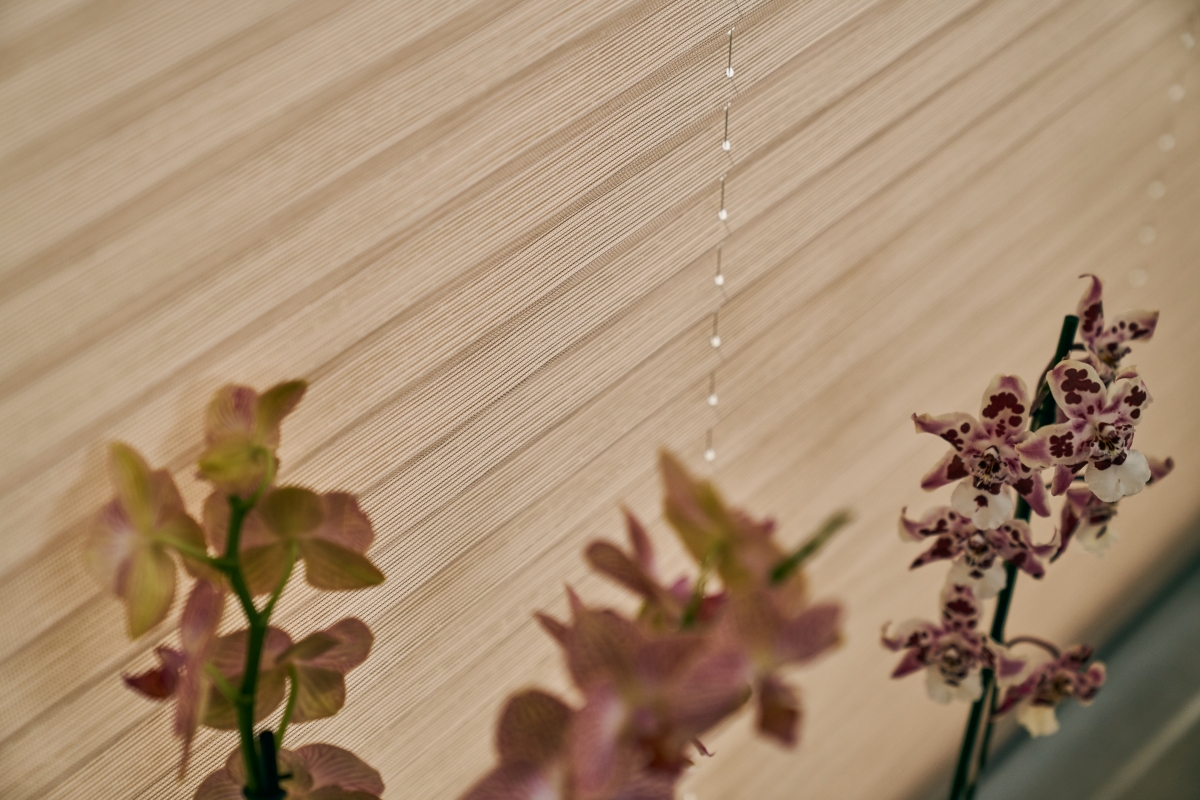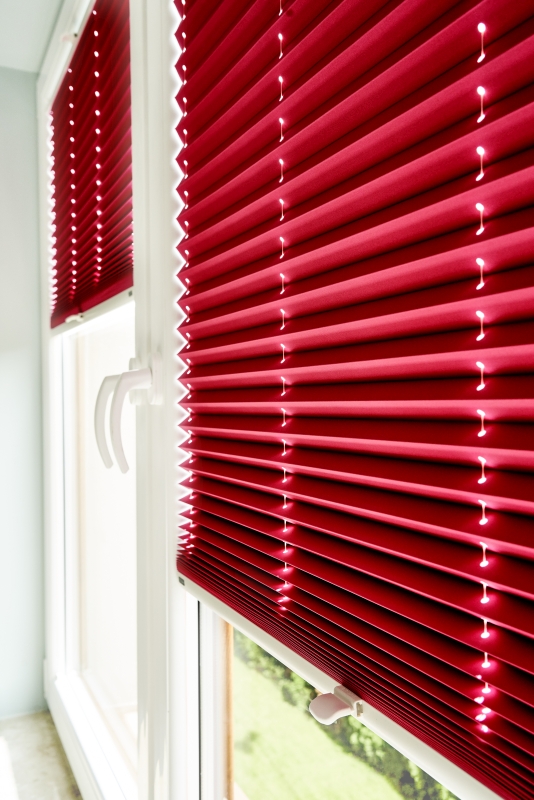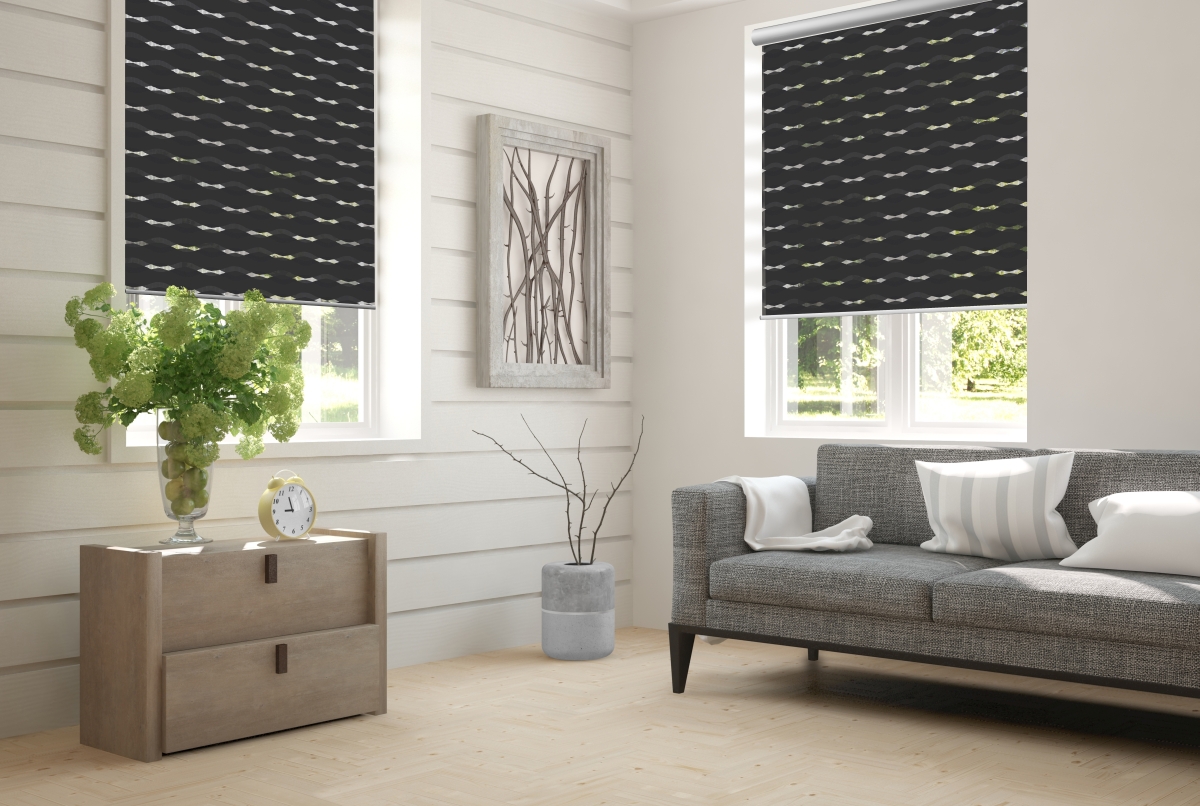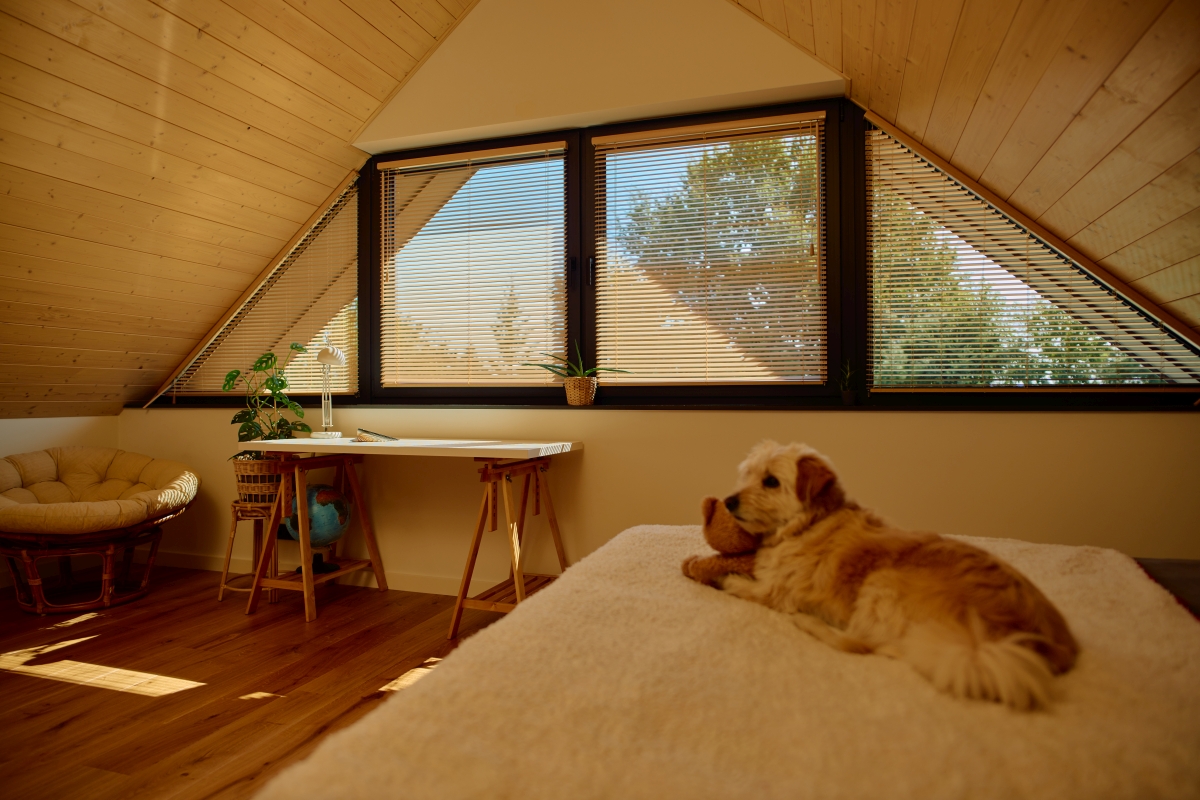Tapes, plasters, screws and self-adhesive nails - that is what we replace drilling holes in walls with more and more frequently. Since we can nowadays fix paintings, shelves and hangers so conveniently, it is no wonder that we expect increasingly easier assembly from roller blinds as well. These criteria are undoubtedly met by pleated roller blinds - non-invasive when it comes to the way they are installed in the window, and allowing for any configuration in their use, depending on the needs. This type of blinds installation will be appreciated, among others, by people who do not feel too confident in DIY and still do not want to engage a professional. Pleated blinds are also a perfect choice for flower lovers - by installing them at the window sill they gain more space on the windowsill and certainty that the blind will not damage plants when being pulled down.
Internal blinds for special tasks
The popular pleated blinds work well in every room, in winter gardens, on glass ceilings, in non-standard windows and in any other place we want to arrange in a modern and imaginative way. A wide range of fabrics allows to match the ideal material not only in terms of appearance but also in terms of functionality - providing the desired scope of room shading. In the ANWIS offer, non-invasive pleated blinds are available as one of the variants of pleated blinds controlled with a handle or a string, as well as for pleated blinds mounted in winter gardens. This type of installation works well in places where we do not want to drill into the window frames in order not to damage them permanently or lose the warranty.
There are two basic ways of non-invasive mounting of roller blinds. The first one consists in fastening pleat elements directly on the window pane by means of a special rail with adhesive tape. In the second case, a non-invasive bracket is used, on which a snap is put, adhering to the glass at an angle of 90 degrees. Four non-invasive latches are mounted on the window frame. Finally, they are hidden under a masking cap. It is worth noting that the non-invasive pleated blinds, as one of the few, can also be installed on a window with a ventilator.

Ideal solution for landlords
Is the landlord obliged to provide window covers such as curtains or roller blinds? The answer is no. However, roller blinds in a rental property can be one of those elements that will attract the "better" tenants. These tenants believe that it is the landlord's responsibility to provide window coverings and are less likely to rent a space that does not have them, which is associated with a lack of privacy. Tenants also tend to avoid paying for anything they cannot take with them at the end of the lease. They rarely choose to purchase curtains or blinds themselves. On the other hand, what stops them is that in rented apartments, drilling or screwing anything into the window frames is often prohibited. Non-invasive pleated blinds seem to be the best choice in this case. With their high aesthetics, they will complement the space perfectly, while being easy to maintain and practical for tenants.
Are the non-invasive pleated blinds suitable for tilt and slide balcony doors?
These types of solutions are encountered more and more often. Balcony or terrace doors allow the interior of the house or apartment to be illuminated. In colder periods this is usually very desirable. When the days are short and gloomy, every ray of sunlight is worth its weight in gold. The problem may arise with the advent of summer, or on those days when the sun operates particularly intensively and penetrates through the windows. Then we may want to avoid it. However, not every sunscreen is suitable for tilt and slide doors. The best solution are non-invasive pleated blinds, which are not only easy to install, but also allow the door to slide freely










